-
 Bitcoin
Bitcoin $106,754.6083
1.33% -
 Ethereum
Ethereum $2,625.8249
3.80% -
 Tether USDt
Tether USDt $1.0001
-0.03% -
 XRP
XRP $2.1891
1.67% -
 BNB
BNB $654.5220
0.66% -
 Solana
Solana $156.9428
7.28% -
 USDC
USDC $0.9998
0.00% -
 Dogecoin
Dogecoin $0.1780
1.14% -
 TRON
TRON $0.2706
-0.16% -
 Cardano
Cardano $0.6470
2.77% -
 Hyperliquid
Hyperliquid $44.6467
10.24% -
 Sui
Sui $3.1128
3.86% -
 Bitcoin Cash
Bitcoin Cash $455.7646
3.00% -
 Chainlink
Chainlink $13.6858
4.08% -
 UNUS SED LEO
UNUS SED LEO $9.2682
0.21% -
 Avalanche
Avalanche $19.7433
3.79% -
 Stellar
Stellar $0.2616
1.64% -
 Toncoin
Toncoin $3.0222
2.19% -
 Shiba Inu
Shiba Inu $0.0...01220
1.49% -
 Hedera
Hedera $0.1580
2.75% -
 Litecoin
Litecoin $87.4964
2.29% -
 Polkadot
Polkadot $3.8958
3.05% -
 Ethena USDe
Ethena USDe $1.0000
-0.04% -
 Monero
Monero $317.2263
0.26% -
 Bitget Token
Bitget Token $4.5985
1.68% -
 Dai
Dai $0.9999
0.00% -
 Pepe
Pepe $0.0...01140
2.44% -
 Uniswap
Uniswap $7.6065
5.29% -
 Pi
Pi $0.6042
-2.00% -
 Aave
Aave $289.6343
6.02%
How are NFTs stored and traded? What are the common technical standards?
NFTs store ownership on the blockchain while using decentralized systems like IPFS for secure, accessible media hosting.
Jun 20, 2025 at 08:49 am
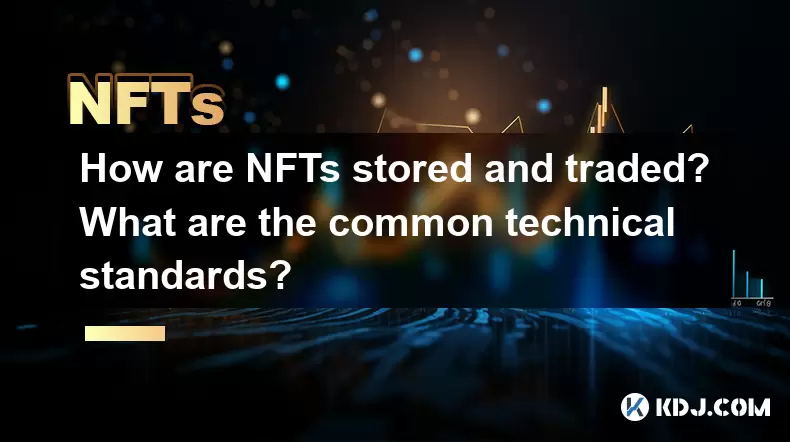
Understanding NFT Storage Mechanisms
Non-Fungible Tokens (NFTs) are digital assets that represent ownership of a unique item or piece of content, such as art, music, videos, or virtual real estate. The way NFTs are stored is crucial to their security and accessibility. Most NFTs are built on blockchain platforms like Ethereum, and the actual file—such as an image or video—is not stored directly on the blockchain due to size and cost limitations.
Instead, the NFT contains a reference to where the file is hosted, typically using decentralized storage solutions like IPFS (InterPlanetary File System) or centralized services like AWS S3. IPFS is preferred in many cases because it ensures that files remain accessible even if the original host removes them. When an NFT is minted, the metadata—including the link to the file—is stored on the blockchain, making it immutable and verifiable.
Key Insight:
Storing NFTs involves keeping the token on the blockchain while storing the associated media off-chain via secure, often decentralized systems.Wallets for Holding NFTs
To store NFTs securely, users need compatible digital wallets that support non-fungible tokens. Popular options include MetaMask, Trust Wallet, and Coinbase Wallet. These wallets allow users to manage both fungible cryptocurrencies and NFTs through smart contract interactions.
When you purchase an NFT, it's transferred to your wallet address on the respective blockchain. The wallet doesn't store the actual asset but holds the cryptographic keys that prove ownership and enable transfers. It's essential to keep recovery phrases safe and avoid sharing private keys, as losing access to a wallet means losing control over all associated NFTs.
- Ensure the wallet supports the blockchain on which the NFT was issued (e.g., Ethereum, Binance Smart Chain).
- Use hardware wallets for high-value NFTs.
- Enable two-factor authentication (2FA) for added security.
Important Tip:
Always verify wallet compatibility with the NFT marketplace and blockchain before making transactions.Trading Platforms and Marketplaces
NFTs are primarily traded on specialized marketplaces such as OpenSea, Rarible, LooksRare, and Foundation. Each platform may have different features, supported blockchains, and fee structures. Users can list their NFTs for sale, auction them, or offer fixed-price listings.
To trade an NFT:
- Connect a compatible wallet to the marketplace.
- Upload or import the NFT into the platform.
- Set a price or create an auction.
- Pay gas fees to finalize the listing.
Once listed, other users can browse, bid on, or buy the NFT using cryptocurrency. Upon sale completion, the smart contract automatically transfers ownership to the buyer and sends the proceeds to the seller’s wallet.
Critical Note:
Gas fees vary depending on network congestion, so timing trades during low-traffic periods can reduce costs.Common Technical Standards for NFTs
Several technical standards govern how NFTs function on various blockchains. The most widely adopted standards include ERC-721 and ERC-1155 on Ethereum, with equivalents emerging on other chains.
- ERC-721: This standard introduced the concept of unique, indivisible tokens. Each token has a distinct identifier and cannot be replicated. It's commonly used for digital collectibles, artworks, and domain names.
- ERC-1155: A more flexible standard that allows multiple token types within a single contract. It supports both fungible and non-fungible tokens, enabling batch transfers and reducing transaction costs.
Other blockchains have developed similar standards:
- Binance Smart Chain (BSC) uses BEP-7 and BEP-11.
- Solana employs the Metaplex Token Metadata standard.
- Flow Blockchain has its own native standard for NFTs, optimized for gaming and entertainment.
Technical Detail:
Developers must adhere to these standards when creating smart contracts to ensure interoperability across wallets and marketplaces.Metadata Structure and Interoperability
Metadata defines the characteristics of an NFT, including name, description, attributes, and the URI pointing to the digital asset. Properly structured metadata is essential for display and functionality across platforms.
Most NFTs use JSON format for metadata, which includes fields like:
namedescriptionimage(URI)attributes(traits or properties)
This metadata is usually uploaded to decentralized storage alongside the asset file. Standardized metadata enables consistent rendering across wallets and marketplaces. If metadata changes after minting, it could affect how the NFT appears or functions unless locked permanently.
Some projects implement on-chain metadata, storing all information directly on the blockchain, though this increases gas costs significantly.
Best Practice:
Lock metadata permanently once minting is complete to prevent future alterations.Frequently Asked Questions
Q: Can I move my NFT from one wallet to another?
Yes, NFTs can be transferred between compatible wallets by initiating a send transaction from the originating wallet and specifying the destination wallet address.
Q: What happens if the server hosting my NFT’s image goes down?
If the image is hosted on a centralized server and the service shuts down, the image may become inaccessible. Using decentralized storage like IPFS helps mitigate this risk.
Q: Are all NFTs built on Ethereum?
No, NFTs exist on various blockchains including Binance Smart Chain, Solana, Flow, and Polygon. Each chain has its own set of standards and tools.
Q: How do I check if my NFT is properly stored and viewable?
You can check your NFT on a blockchain explorer like Etherscan (for Ethereum) or BscScan (for BSC), or view it directly in a compatible wallet or marketplace.
Disclaimer:info@kdj.com
The information provided is not trading advice. kdj.com does not assume any responsibility for any investments made based on the information provided in this article. Cryptocurrencies are highly volatile and it is highly recommended that you invest with caution after thorough research!
If you believe that the content used on this website infringes your copyright, please contact us immediately (info@kdj.com) and we will delete it promptly.
- Filecoin, Secure Storage, and Avalanche Enterprises: A New Era of Blockchain Collaboration
- 2025-06-20 14:45:13
- SEI Price Surge: Decoding the Reasons Behind the Rise
- 2025-06-20 14:25:12
- Cryptos for the Long Haul: Early Investors' Edge in 2025
- 2025-06-20 14:25:12
- Bitcoin Price in June 2025: Riding the $100K Wave?
- 2025-06-20 14:45:13
- Tether, Stablecoins, and Public Offerings: A New York Perspective
- 2025-06-20 15:05:13
- XRP Price Consolidates as Solana Meme Coin Snorter Token Gains Traction
- 2025-06-20 15:25:12
Related knowledge

How are NFTs stored and traded? What are the common technical standards?
Jun 20,2025 at 08:49am
Understanding NFT Storage MechanismsNon-Fungible Tokens (NFTs) are digital assets that represent ownership of a unique item or piece of content, such as art, music, videos, or virtual real estate. The way NFTs are stored is crucial to their security and accessibility. Most NFTs are built on blockchain platforms like Ethereum, and the actual file—such as...

What is the difference between NFT and digital collectibles? A must-read guide for beginners
Jun 19,2025 at 09:42pm
Understanding the Basics of NFTsNFTs, or Non-Fungible Tokens, are unique digital assets that represent ownership of a specific item or piece of content on the blockchain. Unlike cryptocurrencies such as Bitcoin or Ethereum, which are fungible and can be exchanged one-for-one, each NFT has distinct properties and cannot be directly replaced by another to...
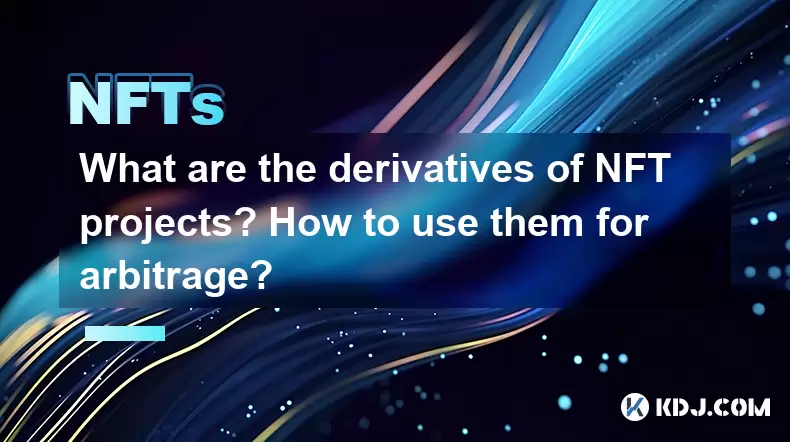
What are the derivatives of NFT projects? How to use them for arbitrage?
Jun 20,2025 at 06:14am
Understanding the Derivatives of NFT ProjectsNFTs, or non-fungible tokens, have evolved beyond simple digital collectibles. In recent years, derivatives of NFT projects have emerged as a new financial layer within the blockchain ecosystem. These derivatives are essentially financial instruments derived from the value and performance of underlying NFT as...
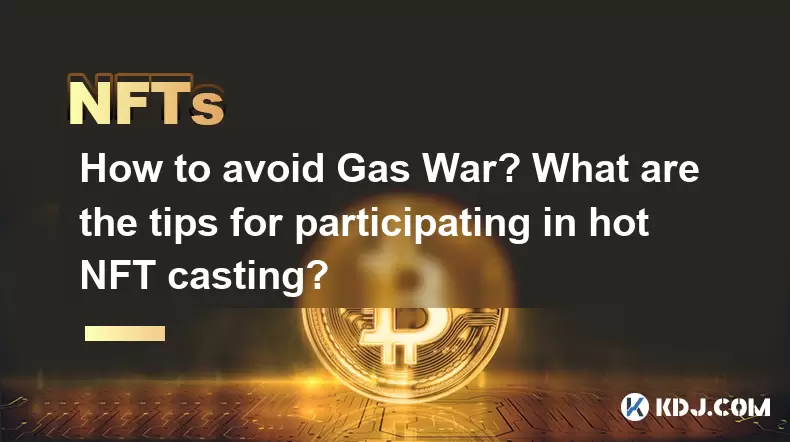
How to avoid Gas War? What are the tips for participating in hot NFT casting?
Jun 19,2025 at 11:00pm
Understanding Gas Wars in the NFT SpaceIn the world of NFT casting and minting, a Gas War refers to the intense competition among users on blockchain networks like Ethereum, where participants raise their gas fees to prioritize transaction confirmations. This typically occurs during high-demand NFT drops, especially when limited-edition digital assets a...
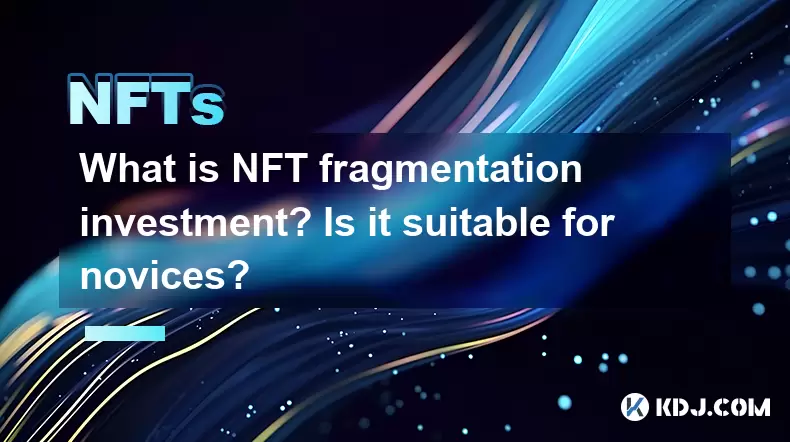
What is NFT fragmentation investment? Is it suitable for novices?
Jun 20,2025 at 02:01am
Understanding NFT Fragmentation InvestmentNFT fragmentation investment refers to the process of dividing a single non-fungible token (NFT) into multiple smaller, fungible tokens. This allows investors to purchase portions of an NFT rather than having to buy the entire asset outright. The concept is similar to buying shares in a company — instead of owni...
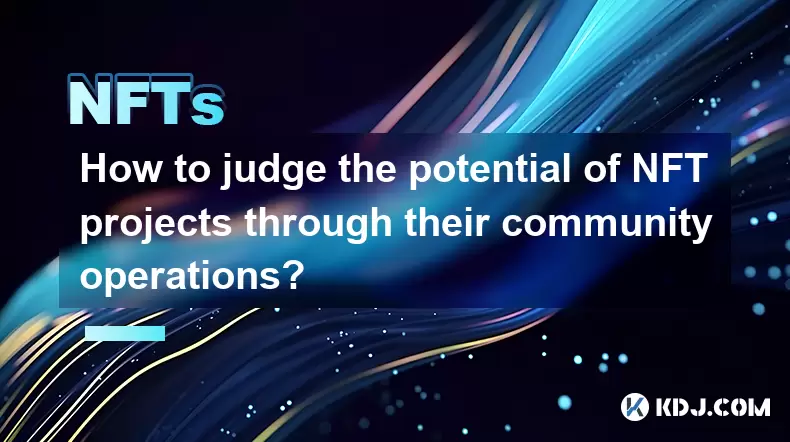
How to judge the potential of NFT projects through their community operations?
Jun 20,2025 at 01:15pm
What Is the Role of Community in NFT Projects?In the NFT ecosystem, community plays a foundational role in determining the long-term success and sustainability of a project. Unlike traditional digital assets, NFTs derive significant value from their utility, rarity, and the engagement level of their holders. A strong and active community can drive deman...

How are NFTs stored and traded? What are the common technical standards?
Jun 20,2025 at 08:49am
Understanding NFT Storage MechanismsNon-Fungible Tokens (NFTs) are digital assets that represent ownership of a unique item or piece of content, such as art, music, videos, or virtual real estate. The way NFTs are stored is crucial to their security and accessibility. Most NFTs are built on blockchain platforms like Ethereum, and the actual file—such as...

What is the difference between NFT and digital collectibles? A must-read guide for beginners
Jun 19,2025 at 09:42pm
Understanding the Basics of NFTsNFTs, or Non-Fungible Tokens, are unique digital assets that represent ownership of a specific item or piece of content on the blockchain. Unlike cryptocurrencies such as Bitcoin or Ethereum, which are fungible and can be exchanged one-for-one, each NFT has distinct properties and cannot be directly replaced by another to...

What are the derivatives of NFT projects? How to use them for arbitrage?
Jun 20,2025 at 06:14am
Understanding the Derivatives of NFT ProjectsNFTs, or non-fungible tokens, have evolved beyond simple digital collectibles. In recent years, derivatives of NFT projects have emerged as a new financial layer within the blockchain ecosystem. These derivatives are essentially financial instruments derived from the value and performance of underlying NFT as...

How to avoid Gas War? What are the tips for participating in hot NFT casting?
Jun 19,2025 at 11:00pm
Understanding Gas Wars in the NFT SpaceIn the world of NFT casting and minting, a Gas War refers to the intense competition among users on blockchain networks like Ethereum, where participants raise their gas fees to prioritize transaction confirmations. This typically occurs during high-demand NFT drops, especially when limited-edition digital assets a...

What is NFT fragmentation investment? Is it suitable for novices?
Jun 20,2025 at 02:01am
Understanding NFT Fragmentation InvestmentNFT fragmentation investment refers to the process of dividing a single non-fungible token (NFT) into multiple smaller, fungible tokens. This allows investors to purchase portions of an NFT rather than having to buy the entire asset outright. The concept is similar to buying shares in a company — instead of owni...

How to judge the potential of NFT projects through their community operations?
Jun 20,2025 at 01:15pm
What Is the Role of Community in NFT Projects?In the NFT ecosystem, community plays a foundational role in determining the long-term success and sustainability of a project. Unlike traditional digital assets, NFTs derive significant value from their utility, rarity, and the engagement level of their holders. A strong and active community can drive deman...
See all articles

























































































